Key Takeaways
-
Diverse Mite Species: Common types include dust mites, spider mites, clover mites, scabies mites, and Demodex mites.
-
Dust Mites: These mites cause allergic reactions and respiratory issues through allergens present in their waste.
-
Spider Mites: Known for damaging plants by feeding on sap, impacting gardens and agricultural crops.
-
Clover Mites: Harmless but invasive, they enter homes in large numbers and leave red stains when crushed.
-
Scabies Mites: Parasitic mites burrow into the skin, causing contagious and intensely itchy skin conditions.
-
Demodex Mites: Naturally found on human skin; their overgrowth can lead to inflammation and conditions like rosacea.
-
Effective Prevention: Reduce infestations through routine cleaning, managing humidity, and sealing potential entry points.
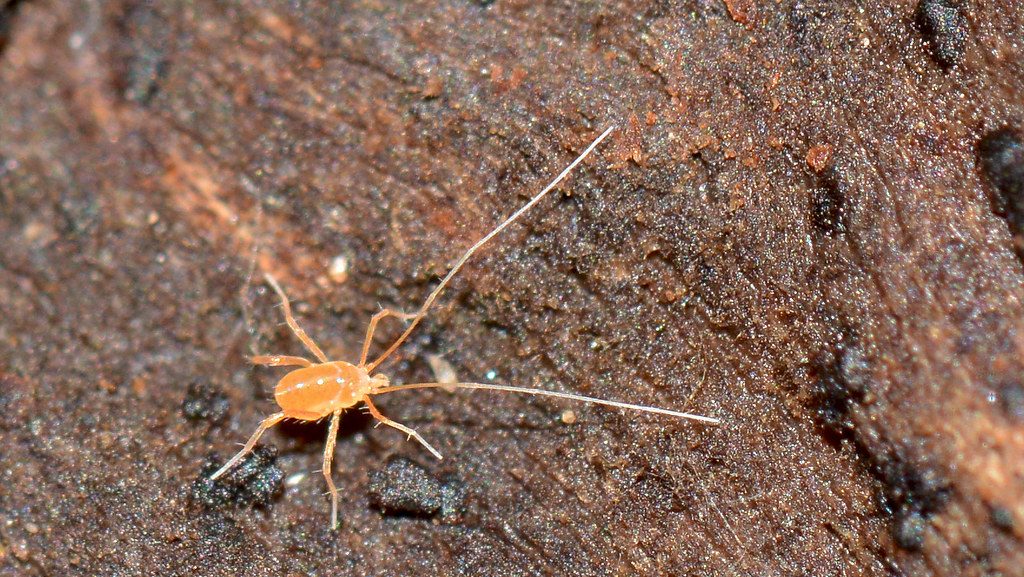 Mites are tiny arthropods that belong to the same class as spiders and ticks. These microscopic creatures can be found almost everywhere—from soil and water to human skin and household items. There are different types of mites, such as dust mites, spider mites, clove mites, scabies mites, and more.
Mites are tiny arthropods that belong to the same class as spiders and ticks. These microscopic creatures can be found almost everywhere—from soil and water to human skin and household items. There are different types of mites, such as dust mites, spider mites, clove mites, scabies mites, and more.Despite their small size, they can have significant impacts on human health, pets, and plants. Let’s explore what mites are, the different types of mites, and their species to better understand their behavior and how to manage them effectively.
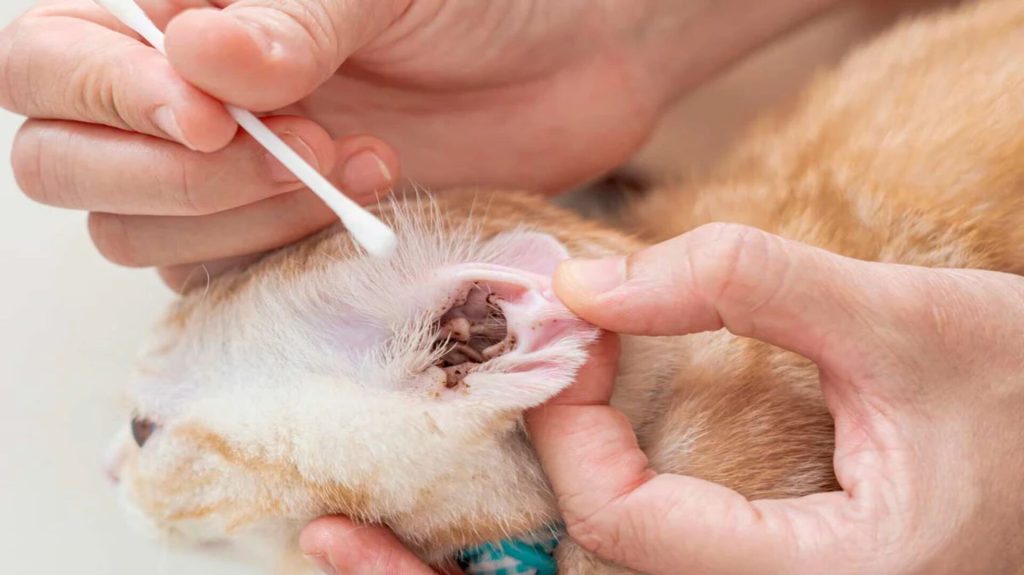
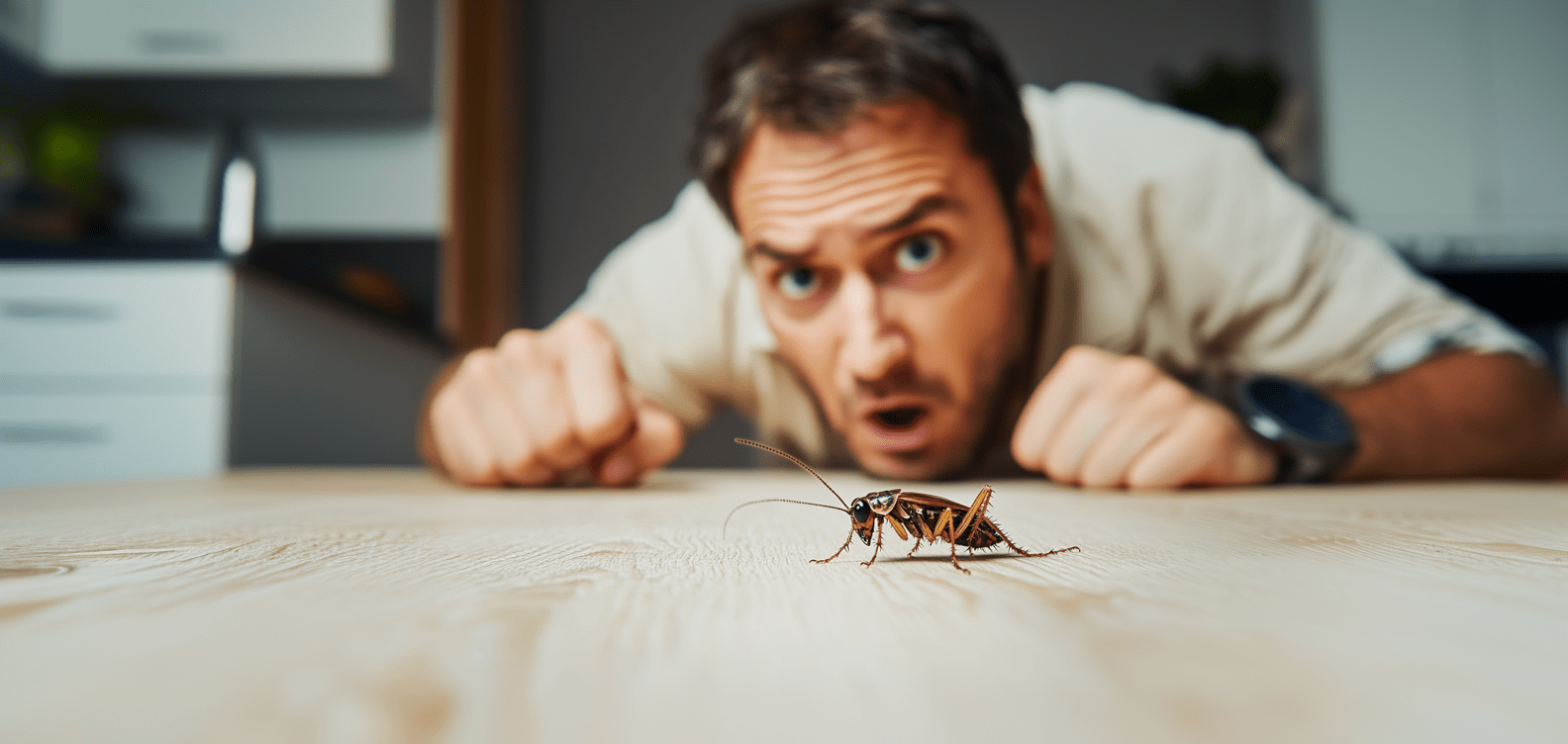
Not getting a solution?
Get your free pest control estimate today!Different Types of Mites Species
There are numerous mite species, each with unique characteristics and behaviors. Below are some of the most common types:Dust Mites
Dust mites are microscopic organisms that thrive in warm, humid environments. They are commonly found in mattresses, pillows, carpets, and upholstered furniture, feeding on dead human skin cells. Their faeces and shed skin contain proteins that can trigger allergic reactions in humans, leading to sneezing, runny noses, itchy eyes, and asthma attacks. Prolonged exposure to dust mites can worsen respiratory issues, especially in children and the elderly. To prevent this, clean regularly, wash bedding in hot water, and use allergy-proof mattresses and pillow covers.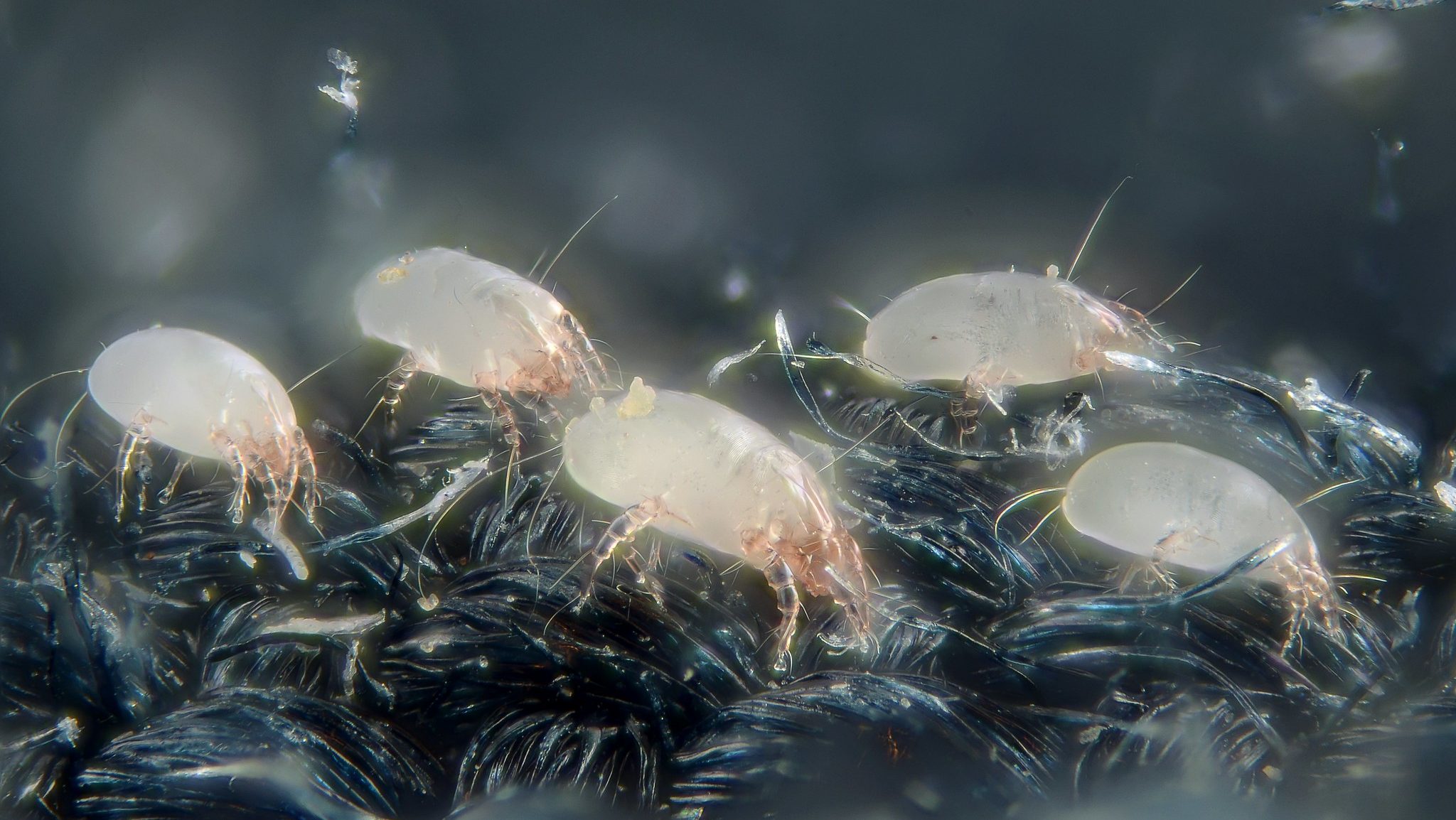 Why are Dust Mites Harmful?
Dust mites are harmful due to the allergens present in their faeces and shed skin, which can trigger allergic reactions and exacerbate asthma symptoms in sensitive individuals.
Why are Dust Mites Harmful?
Dust mites are harmful due to the allergens present in their faeces and shed skin, which can trigger allergic reactions and exacerbate asthma symptoms in sensitive individuals.
Spider Mites
Spider mites are plant-feeding pests that infest both indoor and outdoor plants, especially during dry weather conditions. They feed on plant sap, causing yellowing, speckled leaves, and eventual leaf drop. This weakens plants, reduces photosynthesis, and decreases overall plant health. Severe spider mite infestations can kill plants, negatively impacting agriculture, horticulture, and home gardening. Effective control measures include the use of neem oil, insecticidal soap, and maintaining adequate humidity to deter their growth and reproduction. If you feel things have gone out of control, it is advised to contact pest control professionals. Our team can provide a customized approach to protect your home effectively.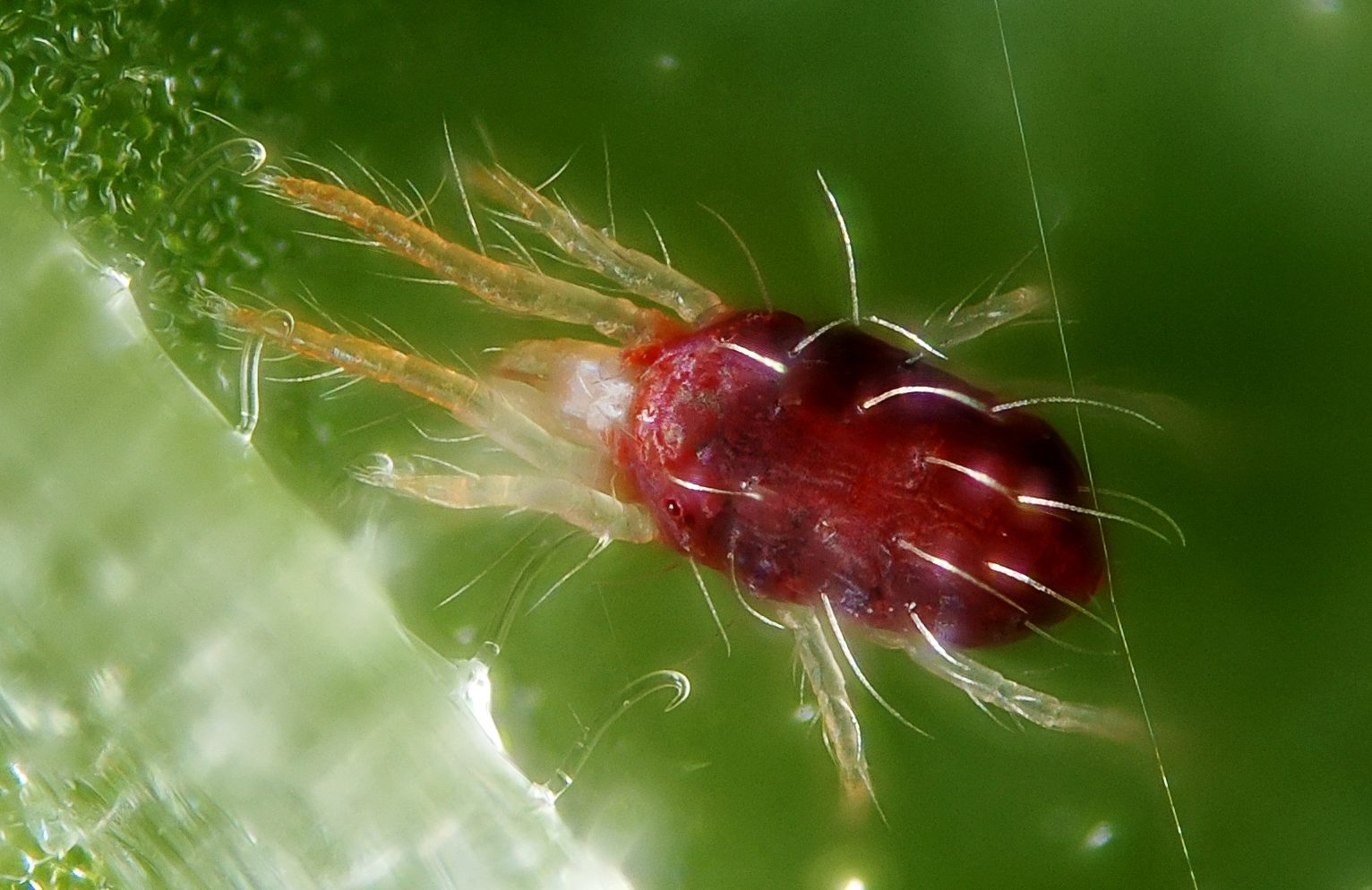 Why are Spider Mites Harmful?
Spider mites are harmful because they weaken plants by feeding on sap, which affects plant health, growth, and yield. Severe infestations can cause plant death, leading to economic losses in agriculture and horticulture.
Why are Spider Mites Harmful?
Spider mites are harmful because they weaken plants by feeding on sap, which affects plant health, growth, and yield. Severe infestations can cause plant death, leading to economic losses in agriculture and horticulture.
Clover Mites
Clover mites are small, red-coloured arachnids often found on walls, windowsills, and the exterior surfaces of buildings, particularly during cooler months. While they do not bite or harm humans, their presence can be a nuisance. When crushed, clover mites leave red stains, which can be difficult to remove. To prevent clover mites from entering homes, sealing cracks, crevices, and entry points around windows, doors, and foundations is recommended.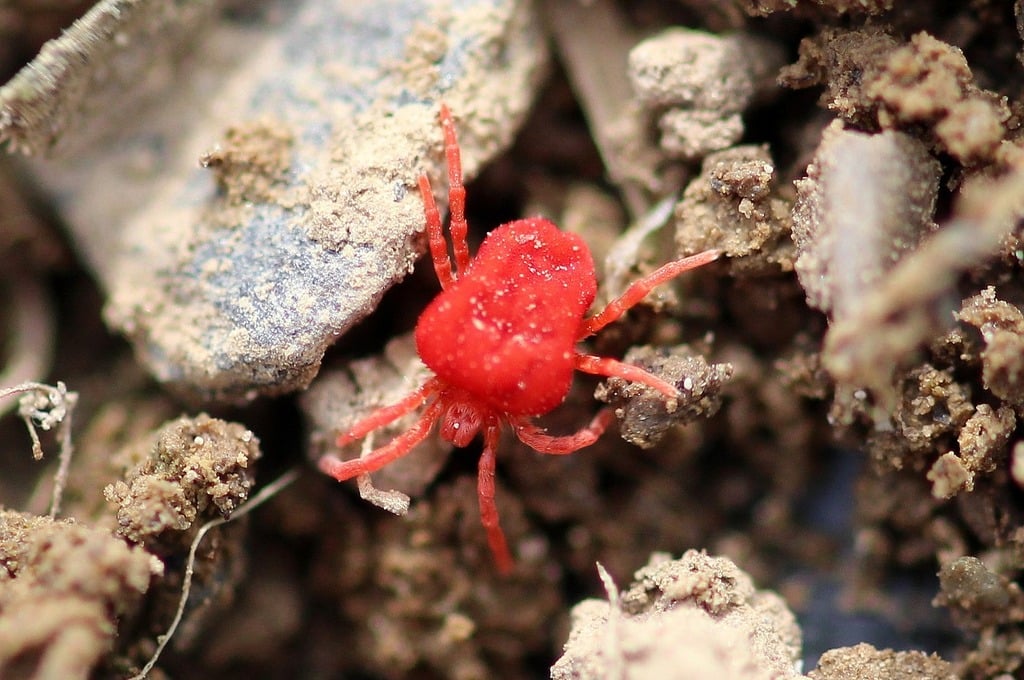 Why are Clover Mites Harmful?
Clover mites are harmful because they can invade homes in large numbers and leave red stains on walls, curtains, and furniture when crushed, causing a nuisance for homeowners.
Visit our Species, Control, and DIY Guide sections for additional resources on mites and ways to tackle a mite infestation.
Why are Clover Mites Harmful?
Clover mites are harmful because they can invade homes in large numbers and leave red stains on walls, curtains, and furniture when crushed, causing a nuisance for homeowners.
Visit our Species, Control, and DIY Guide sections for additional resources on mites and ways to tackle a mite infestation.
Scabies Mites
Scabies mites are parasitic mites that burrow into the skin of humans to lay eggs. This burrowing process causes intense itching and the development of a red, bumpy rash, leading to the contagious skin condition known as scabies. Scabies mites are typically transmitted through prolonged skin-to-skin contact with an infected person. Effective control of scabies involves seeking medical treatment, which usually includes prescribed topical creams or oral medications. Additionally, it is important to thoroughly clean bedding, clothing, and other personal items to prevent re-infestation.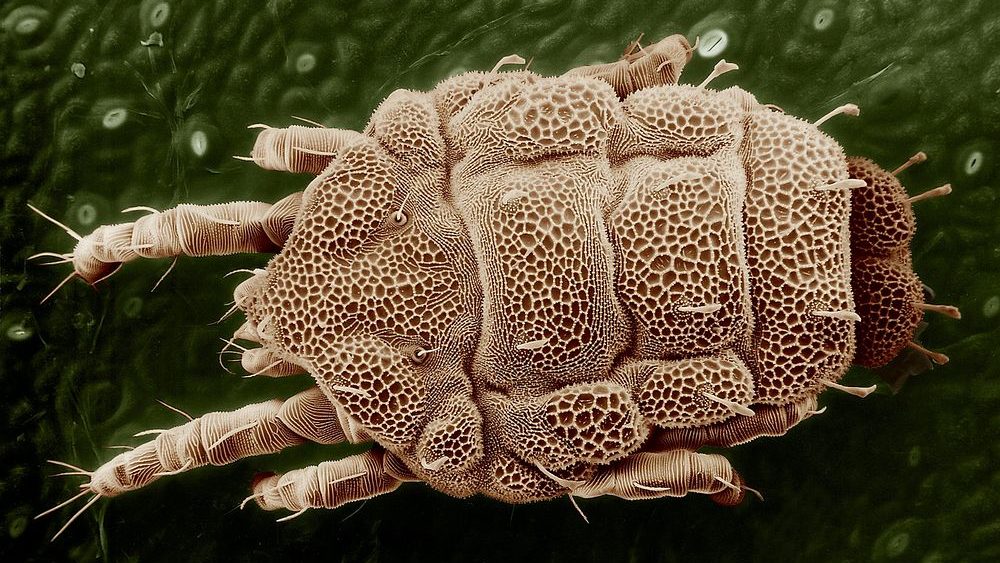 Why are Scabies Mites Dangerous?
Scabies mites are dangerous because they cause intense itching and skin irritation. Their burrowing behavior leads to a contagious skin condition that spreads easily in crowded living environments like nursing homes and schools.
Why are Scabies Mites Dangerous?
Scabies mites are dangerous because they cause intense itching and skin irritation. Their burrowing behavior leads to a contagious skin condition that spreads easily in crowded living environments like nursing homes and schools.
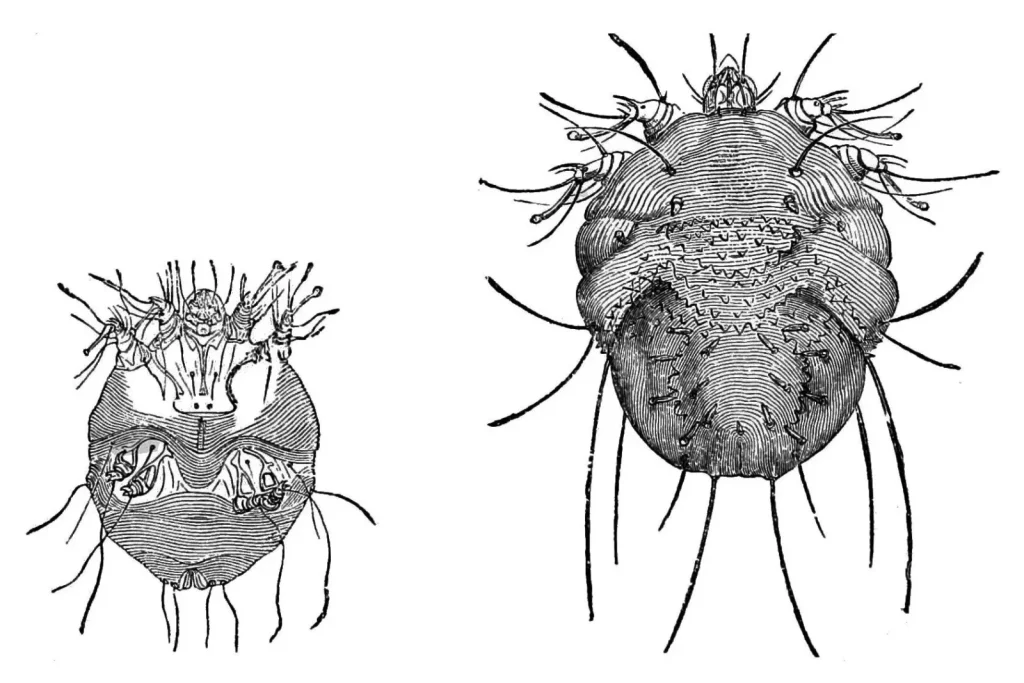
Demodex Mites
Demodex mites are microscopic parasites that live on human skin, especially around hair follicles and sebaceous glands. Two main species of Demodex mites, Demodex folliculorum and Demodex brevis, naturally inhabit human skin. While they are generally harmless, an overpopulation of these mites can lead to skin conditions like rosacea, acne-like eruptions, and irritation. Control of Demodex mites involves maintaining proper skincare routines, such as cleansing the face with gentle, non-comedogenic products. In severe cases, medical treatment with prescribed ointments or medications may be necessary. Why are Demodex Mites Harmful? Demodex mites are harmful when their population grows uncontrollably, leading to skin issues such as rosacea, acne-like breakouts, and inflammation. This can cause discomfort, especially for individuals with sensitive skin or weakened immune systems.Methods to Prevent Mite Infestation
-
Clean regularly by vacuuming bedding, carpets, and upholstery.
-
Control humidity with dehumidifiers to keep levels low.
-
Seal cracks, crevices, and entry points in walls, windows, and doors.
-
Use a hypoallergenic mattress and pillow covers to block dust mites.
-
Practice skincare and hygiene to prevent the overpopulation of Demodex mites.
Myths and Facts About Mites
Here are a few myths and facts about mites:| Myth | Fact |
|---|---|
| Mites only infest dirty homes. | Mites thrive in clean homes with moisture and food sources. |
| All mites are harmful to humans. | Some mites are parasitic, but others are beneficial. |
| You can get rid of all mites permanently. | Mites can’t be eliminated but can be controlled. |
| Mites are only found in mattresses. | Mites also live in carpets, curtains, and furniture. |
| Mites are visible to the naked eye. | Most mites are microscopic and need magnification to be seen. |





